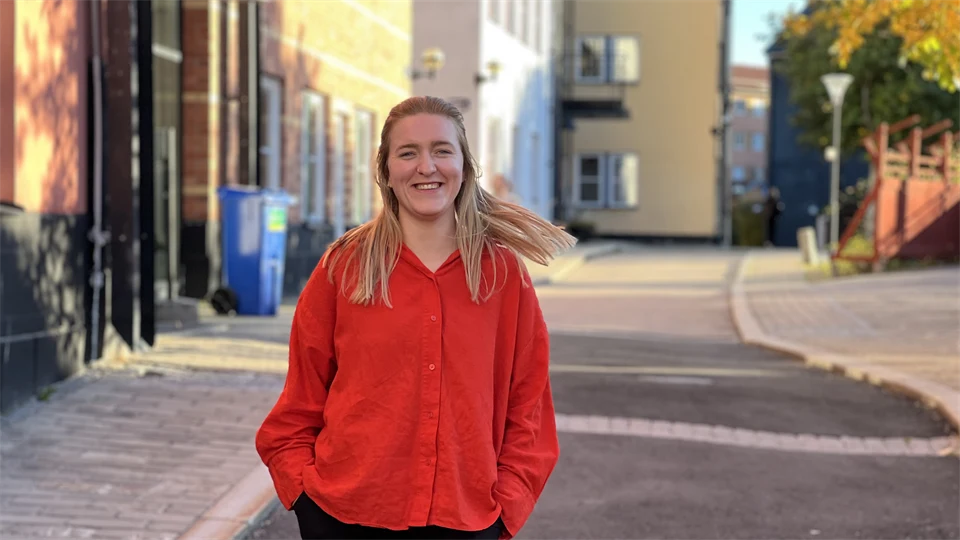Anka researches for more efficient pulp processes
Anka Klecina is a PhD student at the FSCN Research Centre, Mid Sweden University. She researches how the impregnation process in chemical pulp production can be made more efficient through a better understanding of wood properties – saving both resources and energy for the industry.
What is your background?
I am from Croatia and studied my bachelor's and master's degree in chemistry at the University of Split. I'm a person who likes to try the harder way to see if it works, so I chose to study for a Master of Science in Chemical Engineering with a focus on materials science, even though it's an area where there are very few women. It is also an education that has a reputation for being very difficult. Out of 90 students, only nine completed and six went on to a master's degree. There is a lot of pressure on the students in Croatia. Since I was the first in my family to continue studying, I wanted to show that it was possible.
How did you come to choose to do your doctoral studies at the FSCN Research Centre and Mid Sweden University?
After my education, I tried to get a job in Croatia, but it was difficult in a male-dominated industry. I worked for a while as a chemistry teacher, but eventually I moved to Sweden where I had friends. Here I took a simpler job before applying for a Master by Research in Chemistry at Mid Sweden University. After that, I worked at Nouryon and Unimedic. When I saw that the university was looking for a doctoral student, it felt just right. I always want to learn more – I don't like it when things stand still.
What is your research about – and what do you hope it will contribute?
My research is on how to characterize and impregnate Nordic wood species for chemical pulp. In this part of the paper industry, one problem is that they do not know the moisture content or lignin content of the wood chips before the boiling process, where the lignin is released. By using near-infrared (NIR) rays that scan the wood chips, these properties can be found out in advance, so that the process can be adjusted – with the right time, the amount of chemicals and temperature – even before the impregnation.
The goal is for the industry to be able to optimize the process better, which saves energy and resources and makes it more economically sustainable.
What methods or materials do you work with in your project?
I imitate the industrial process to be able to analyze the wood chips before and after basing and impregnation. Right now I am learning to use scanning electron microscopes to investigate how the basing and impregnation affect the wood. The goal is to find out how the process should be designed so that the impregnation is even and effective.
What challenges have you encountered during your research so far – and what has been most rewarding?
At first, I thought research wouldn’t be that difficult, but there’s an incredible amount to take in. You have to read widely and then apply what you’ve learned in practice. I’ve gained a lot – not only scientifically, but also in terms of taking initiative, finding information, and evaluating results.
How do you experience the research environment and the collaboration with colleagues at FSCN?
I really like it here. I feel that I can be myself, speak up, ask for help and be part of the community. When I started in 2022, I was the only PhD student in my research area, but now there are several of us. I am also involved in the PhD student council, where we can raise issues relating to our working conditions.
What do you see ahead of you after completing your PhD thesis – do you want to continue in academia, industry or some other area?
I want to start working in industry after completing my PhD thesis. But I don't want to close the door to academia – maybe I'll return there in the future.
